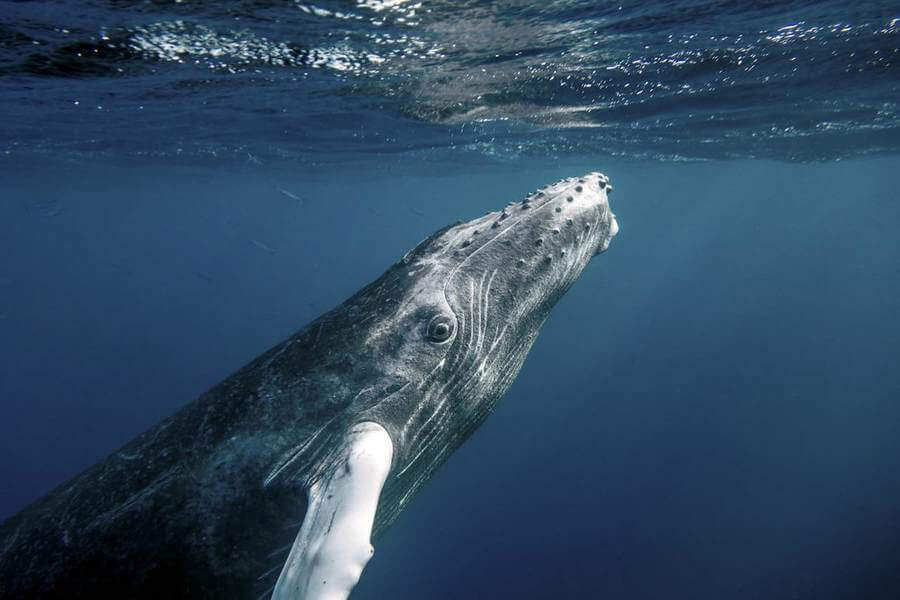:max_bytes(150000):strip_icc()/blue-whale-breathing-493212529-581cc8a13df78cc2e8b7209c.jpg)
Blue whales are the largest animals on earth, and they require a lot of oxygen to survive. In fact, they can hold their breath for up to 20 minutes and dive as deep as 1,000 feet. But how do they manage to get enough air to support their massive bodies?
The Blowhole

Like all whales, blue whales breathe through a blowhole located on the top of their head. When they surface to breathe, they exhale a powerful spout of air and water that can reach up to 30 feet in height. This spout is created by the force of the whale's exhalation, and it is a characteristic feature of all whale species.
Breathing Patterns

Blue whales have a unique breathing pattern that allows them to efficiently take in as much oxygen as possible. They typically take a series of short, shallow breaths before they dive, which helps to oxygenate their blood and prepare their bodies for the upcoming dive. Once they are ready to dive, they take a deep breath and hold it for as long as they can.
The Anatomy of Breathing

The anatomy of a blue whale's respiratory system is designed to support their massive size and deep diving abilities. Their lungs can expand to hold up to 5,000 liters of air, and they have a unique system of air sacs that help to regulate their buoyancy and conserve oxygen while diving.
The Importance of Breathing Time

Given their massive size and oxygen requirements, blue whales need to surface frequently to breathe. In fact, they typically spend only about 10 to 15 minutes underwater before they need to surface again. This means that access to clean air and freedom from human interference is crucial for their survival.
The Threat of Climate Change
Climate change is a major threat to blue whale populations, as rising sea temperatures can disrupt the availability of their primary prey: krill. In addition, ocean acidification caused by increased carbon dioxide levels can negatively impact the development of their sensory systems, making it harder for them to locate food and navigate through their environment.
The Importance of Conservation

Conservation efforts are crucial for protecting blue whale populations and ensuring their survival for future generations. This includes measures such as reducing greenhouse gas emissions, protecting their habitats from pollution and human development, and enforcing regulations to prevent overfishing and hunting.
In Conclusion
Blue whales are fascinating creatures with unique respiratory systems that allow them to survive in their ocean environment. However, their survival is threatened by human activities such as climate change and pollution, making conservation efforts more important than ever.